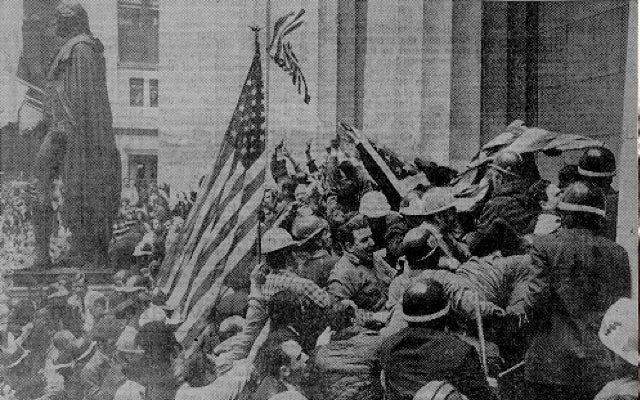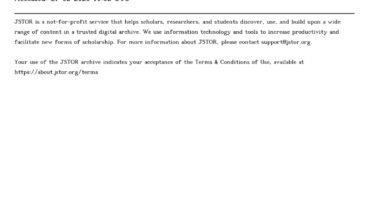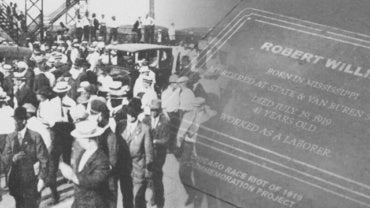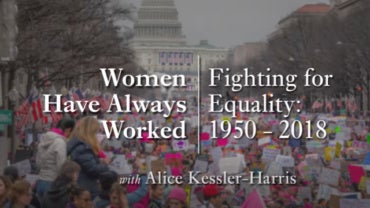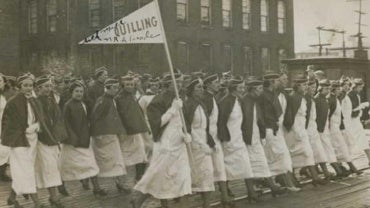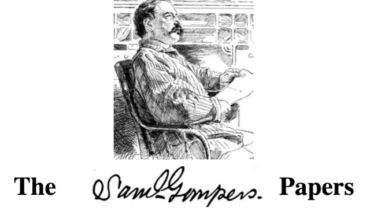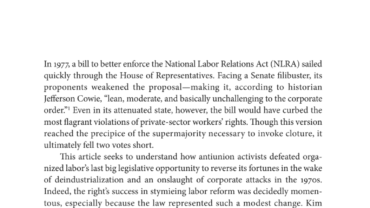On May 8, 1970, the Dow Jones Industrial Average dropped five points to finish at 717, in the slowest day of trading in months. In the streets outside the New York Stock Exchange, however, chaos erupted: at noon, hundreds of construction workers arrived on Wall Street and violently disrupted a protest against the Vietnam war. Next the workers marched to city hall, where their rampage continued throughout the lunch hour. “While I was on the ground I rolled myself into a ball just as four or five pairs of construction boots started kicking me.” May, 1970 was one of the most turbulent months of the “sixties” era. How did the hard hat riots fit into a larger scene that included expansion of the Vietnam war, campus unrest, school busing, and segregation in the building trades union? For that matter, how did the events of May 8 relate to what followed, including Archie Bunker, Ronald Reagan and the idea that the late sixties were dominated by “longhaired” protesters? Search for clues in this site — and find out what brought those boots and that long hair to Wall Street on “bloody Friday.”
